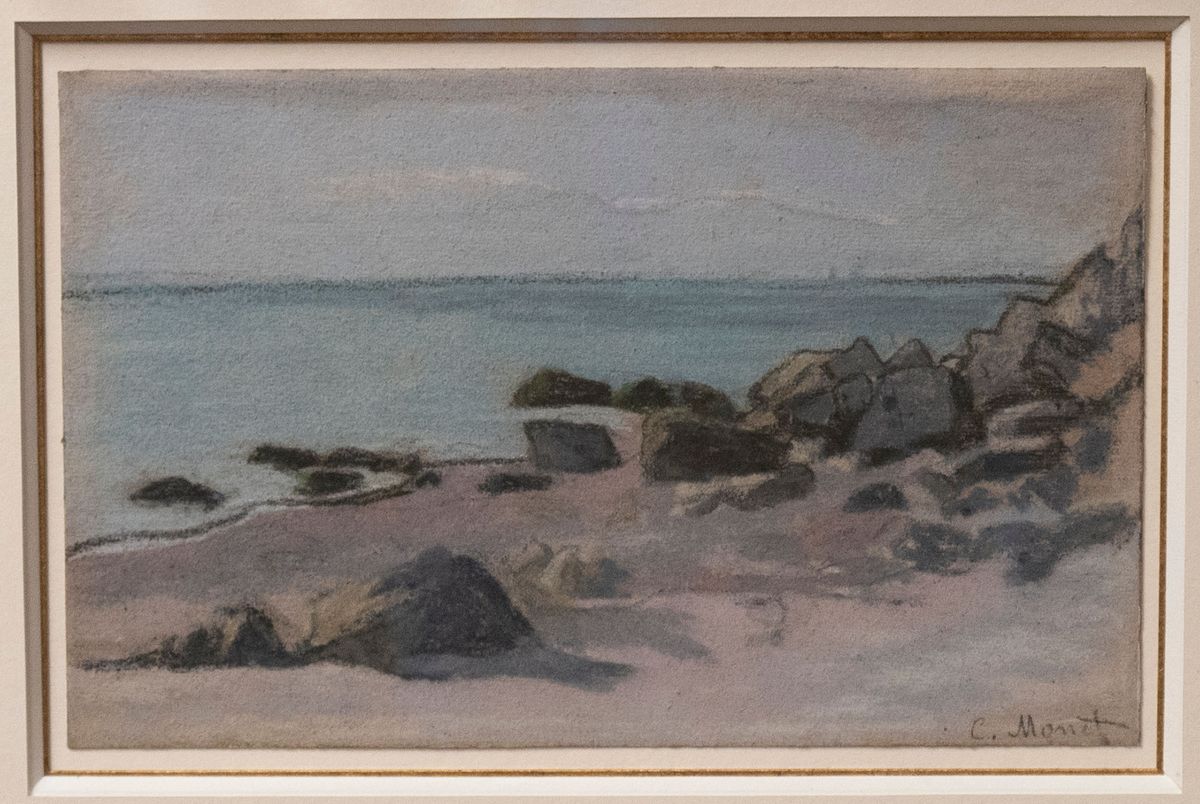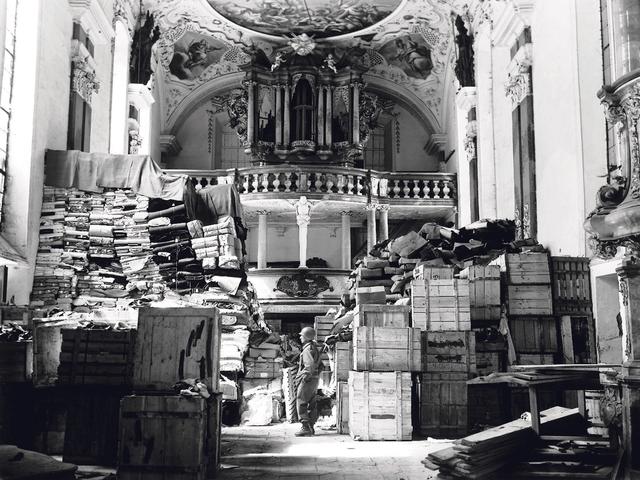A pastel by Claude Monet that the Gestapo seized from a Jewish couple who fled Vienna in 1938 is returning to their granddaughters after the FBI tracked the work down to a family in New Orleans.
The 1865 pastel, Bord de Mer (Seaside), will be handed over in a ceremony in New Orleans today. It previously belonged to Adalbert (Bela) and Hilda Parlagi, who were living in Vienna at the time of the German annexation of Austria in March 1938. A month after the Nazi Anschluss, the Parlagis fled Vienna with their children and reached London in December 1938.
They had left almost all their possessions in Vienna—including works by Camille Pissarro, Paul Signac, Rudolf von Alt and Franz von Lenbach—and, from London, tried to arrange for them to be shipped there. But nothing was sent and in August 1940, the Gestapo ordered the confiscation and sale of their property. The Nazi government pocketed the proceeds.
“Our grandfather would have been so happy to find out this Monet was being restituted after all his efforts over the years,” the granddaughters, Helen Lowe and Françoise Parlagi, said in a press release issued by the Commission for Looted Art in Europe (CLAE), which helped them recover the pastel. “This is a very moving and exceptional day for us, a day neither of us ever thought would happen.”
Bela Parlagi undertook huge efforts to recover his possessions until his death in 1981, to no avail. His attempts to secure compensation also failed. In 2014, his descendants turned to CLAE for help. The commission discovered that the Monet had been sold in 2019 in New Orleans. It contacted the FBI in 2021.
Two years later, the pastel came up for sale again at an art gallery in Houston. Special agents of the FBI’s art crime team in New York and New Orleans and detectives from the New York Police Department contacted the holders of the work, Kevin Schlamp and his wife, Bridget Vita. They voluntarily relinquished the pastel, according to a press release from the FBI.
“The Schlamp family’s cooperation was key to the successful resolution of this case, and their integrity in ensuring the pastel’s return is highly commendable,” the FBI release said.

Paul Signac, Seine in Paris (Pont de Grenelle), 1903 Courtesy FBI Art Crime Team
“While this Monet is undoubtedly valuable, its true worth lies in what it represents to the Parlagi family,” said James Dennehy of the FBI in New York. “It’s a connection to their history, their loved ones and a legacy that was nearly erased.”
The FBI said it is also seeking a 1903 watercolour by Paul Signac, Seine in Paris (Pont de Grenelle), belonging to the same family and with the same history, and asked anyone with information to get in contact.
The CLAE said it is also seeking works by Pissarro, Spitzweg, Alt and Miklos Barabas, that the Nazis looted from the Parlagis and are still missing.



